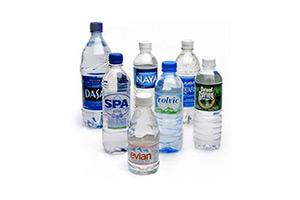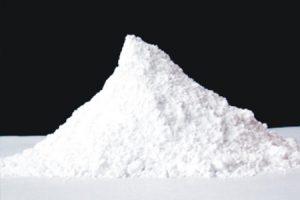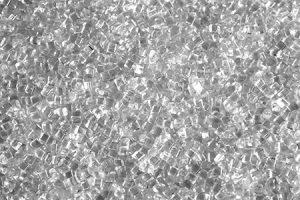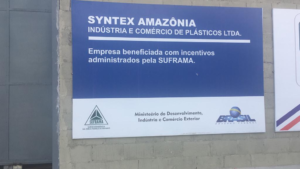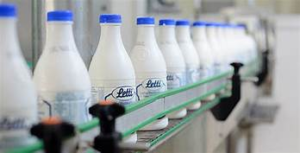
Bioplastic
The bioplastic may or may not comes from renewable raw material and may or may not be biodegradable. However, one of these features must be present in order to be characterized as such.
Corn is the raw material most commonly used as the basis for synthesis of polylactic acid and production of first generation bioplastics.
Despite strong growth predicted for local production of bioplastics, it is expected that they co-exist with the plastics of petrochemical origin. The short to medium term, bioplastics should not pose a threat to petrochemical plastics, since its volumes will correspond to less than 5% of the total demand of plastics in Brazil.

Moreover, while bioplastics should initially be positioned as products with higher value added and specific applications, due to its higher price and appeal of sustainability, conventional resins remain focused on low cost applications (in case of commodities) or those in that requires high technical performance (in the case of specialties).
On the next five to seven years, there must be a significant drop in the price of bioplastics, influenced by the increase in production capacity and the level of oil prices. Thus, the gain of competitiveness reached before the petrochemical plastic, producers of bioplastics have to identify applications where it presents advantages over conventional resins. The issue of performance improvement will be even more important for biodegradable bioplastics from renewable sources.
Much research is underway to diversify the plant resources used in order to employ the largest possible number of carbon sources available in
nature (sugar, biomass, waste products etc.).
The transition to the concepts of biorefineries or the use of alternative energies (wind), are ongoing and strong evolution in the world.
Another class of bioplastics is a set of materials produced from petroleum, but 100% biodegradable, by its chemical nature.
Most of these materials are biopoliésteres should not be confused with polyolefins containing additives (or oxo-degradable waste).
The advantage of these plastic materials is to provide an environmentally friendly alternative to the commonly used polymers, which are produced from fossil resources (oil) and whose life cycle can not be administered by single or industrial composting.
Currently Syntex provide different bioplastics, such as PLA (Poly Lactic Acid), PHA (polyhydroxyalkanoates) or biodegradable polyesters.
Interest in Bioplastics
The growing public awareness regarding environmental issues has driven the industry to develop environmentally friendly alternatives.
Thus, the use of bioplastics materials enable numerous advantages and benefits for companies that decided to invest in the sustainable development process.
Bioplastics represent a strong advance in replacement of conventional resins. The biodegradable products can be generated without significant changes in the manufacturing process of conventional materials.
Economic
– It does not depend of the price increase of crude oil and natural gas
– Price reduction of bioplastics with increased production capacity
– Increased media coverage
– Lower taxes
Ecological
– Conservation of fossil fuels
– Use of renewable energy
– Reduce waste by composting.
– Reduction of CO2 emissions
Technology
– Raising awareness of environmental problems
– Strong marketing argument
– Sustainable development.
– Advancement of the product compared to conventional resins
– Improved product
– Recognition of the product by the consumer


